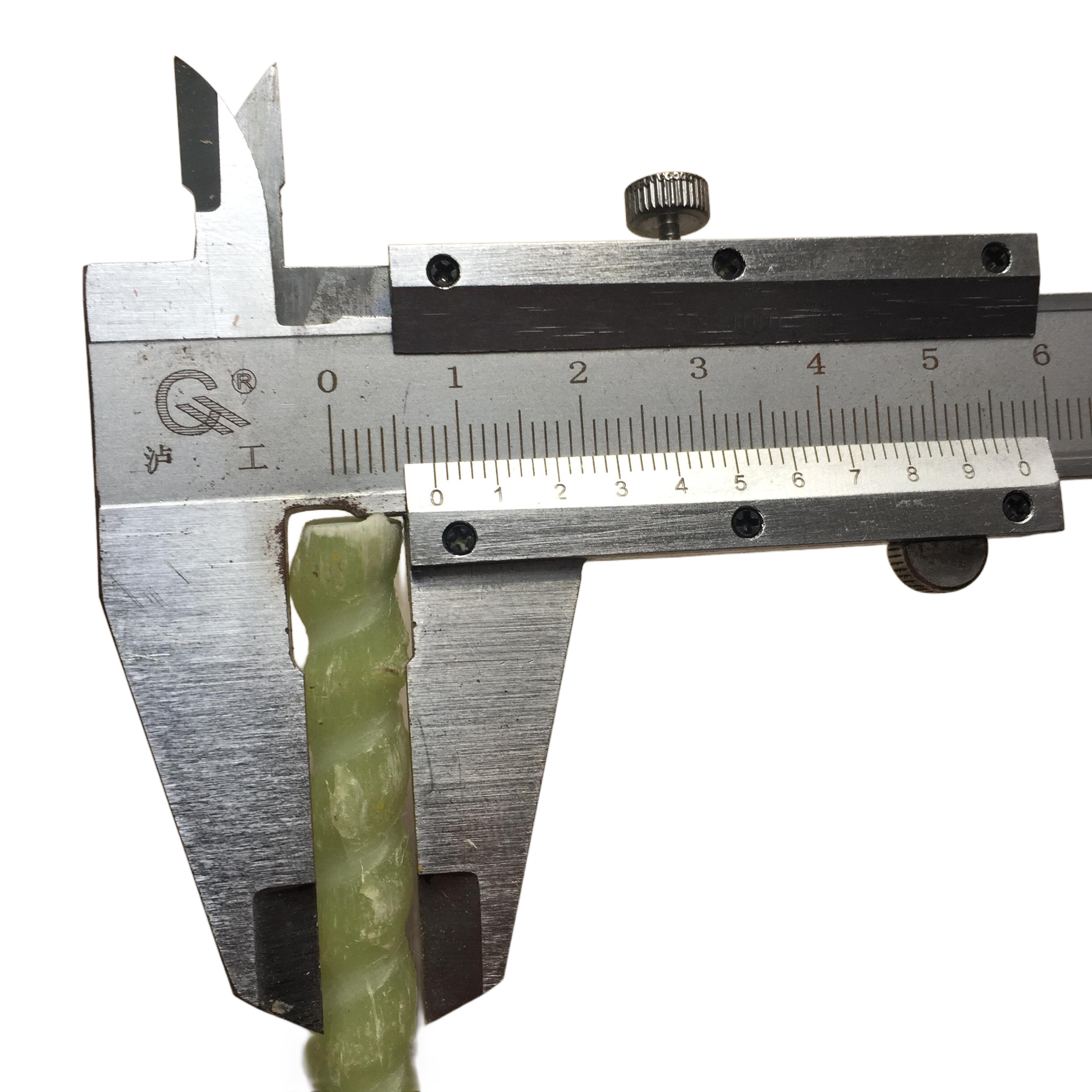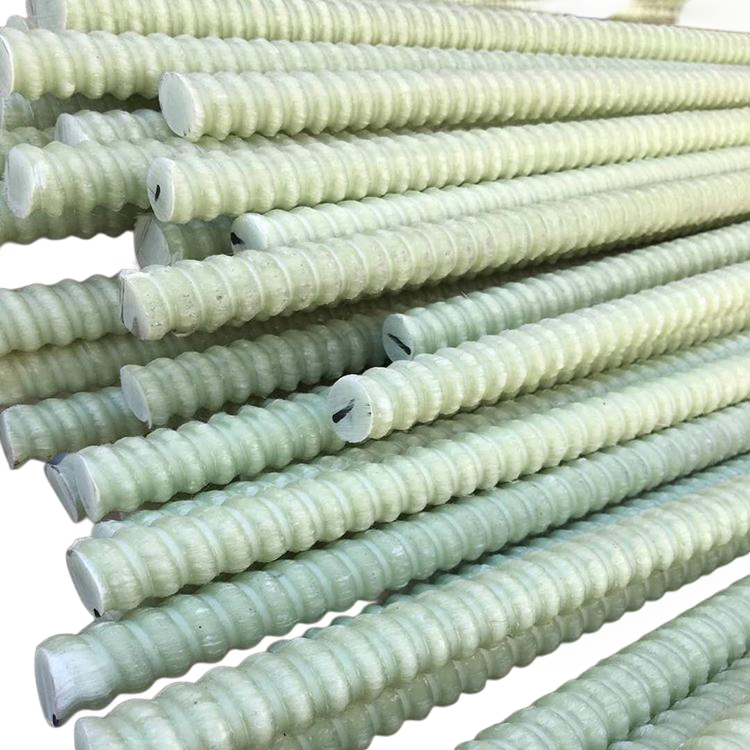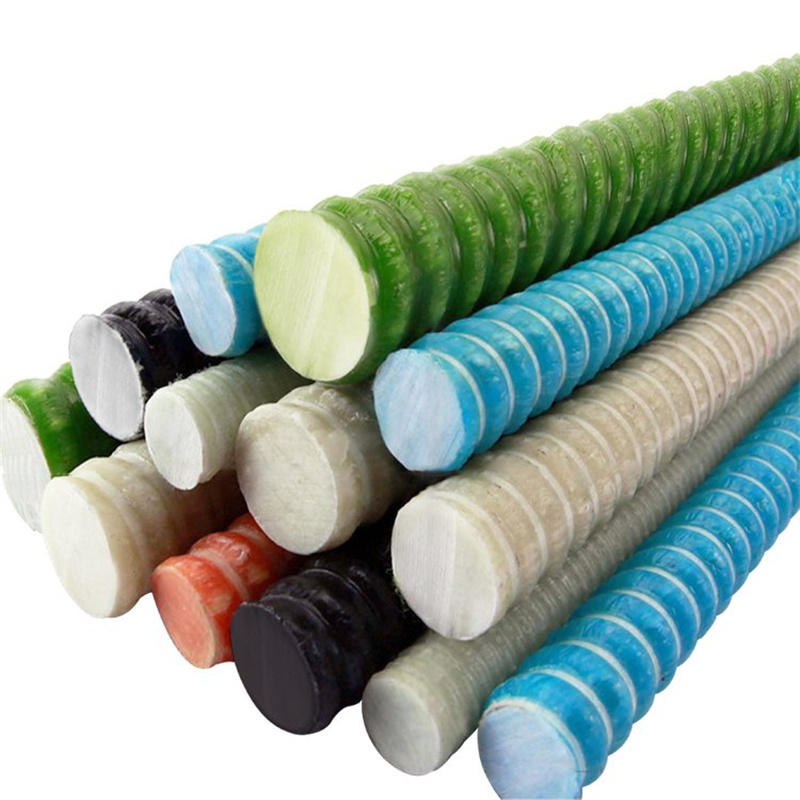Introduction
Construction bolts are fundamental components in the realm of modern engineering, serving as critical connectors in a myriad of structural applications. These bolts are designed to bear substantial loads, ensuring the stability and integrity of structures ranging from towering skyscrapers to expansive bridges. The evolution of construction bolts has been marked by significant advancements in materials and manufacturing processes, reflecting the ever-increasing demands of the construction industry for stronger, more durable, and more efficient fastening solutions. Understanding the complexities and innovations associated with construction bolts is essential for engineers, architects, and industry professionals committed to building safer and more resilient structures.
The Evolution of Construction Bolts
Historically, construction bolts have been fabricated from various types of steel due to its high tensile strength and ductility. Traditional steel bolts have played a pivotal role in construction, but they are not without limitations. Issues such as corrosion, electrical conductivity, and weight have prompted the industry to explore alternative materials. The advent of composite materials, particularly Glass Fiber Reinforced Polymer (GFRP), has revolutionized the design and application of construction bolts. GFRP bolts offer a combination of high strength-to-weight ratio, corrosion resistance, and electromagnetic neutrality, addressing many of the shortcomings associated with steel bolts. The shift towards composite materials represents a significant milestone in the development of construction bolts, aligning with the industry's pursuit of more sustainable and efficient building practices.
Types of Construction Bolts
Steel Bolts
Steel bolts are the traditional choice in construction, renowned for their robustness and load-bearing capabilities. They are typically made from carbon steel or alloy steel and can be heat-treated to enhance their mechanical properties. Steel bolts are categorized based on their grade, which indicates the bolt's material composition and strength. While steel bolts remain widely used, they are susceptible to corrosion, which can compromise structural integrity over time. Protective coatings and galvanization are commonly employed to mitigate corrosion, but these measures can increase costs and maintenance requirements.
GFRP Bolts
GFRP bolts represent a significant advancement in fastening technology. Composed of high-strength glass fibers embedded within a polymer matrix, GFRP bolts combine lightweight characteristics with exceptional durability. They exhibit excellent resistance to corrosive environments, making them ideal for applications where steel bolts would deteriorate rapidly. Moreover, GFRP bolts are non-conductive and non-magnetic, which is advantageous in structures where electromagnetic interference must be minimized. The adoption of GFRP bolts is increasing in sectors such as mining, tunneling, and marine construction, where their unique properties offer distinct operational benefits.
Advantages and Limitations
Advantages of GFRP Bolts
The advantages of GFRP bolts stem from their material composition and resultant properties. Firstly, their high strength-to-weight ratio allows for easier handling and installation, reducing labor costs and time. Secondly, their corrosion resistance extends the lifespan of structures, particularly in aggressive environments exposed to chemicals, salts, or moisture. Thirdly, the non-conductive nature of GFRP bolts eliminates concerns related to electrical conductivity, which is crucial in facilities like power plants and substations. Additionally, GFRP bolts are transparent to electromagnetic fields, making them suitable for use in sensitive electronic environments.
Limitations of GFRP Bolts
Despite their advantages, GFRP bolts also have limitations. The initial material costs can be higher than traditional steel bolts, potentially impacting project budgets. Furthermore, GFRP bolts may exhibit different mechanical behaviors under certain load conditions, such as reduced ductility compared to steel. Engineers must consider these differences during the design phase to ensure structural safety and compliance with relevant standards. Additionally, while GFRP materials are resistant to many forms of corrosion, they can be susceptible to degradation from ultraviolet (UV) exposure if not properly protected.
Technological Innovations in Construction Bolts
Continuous research and development have led to significant technological innovations in the design and manufacture of construction bolts. Advanced manufacturing techniques such as pultrusion and filament winding have enhanced the quality and performance of GFRP bolts. Material scientists are exploring hybrid composites that combine different types of fibers and resins to optimize mechanical properties and durability. Surface treatments and coatings are also being developed to further enhance corrosion resistance and UV protection. These innovations contribute to the expanding applications of construction bolts in increasingly demanding environments.
Applications of Construction Bolts
Infrastructure Projects
Construction bolts are essential in infrastructure projects such as bridges, tunnels, and highways. In these applications, bolts must withstand dynamic loads and environmental factors that can induce stress and corrosion. The use of GFRP bolts in bridge construction has been particularly beneficial, as they offer longevity and reduce maintenance costs over the structure's lifespan. For instance, the implementation of GFRP bolts in the reinforcement of bridge decks has demonstrated improved durability in comparison to traditional steel reinforcement methods.
Mining and Tunneling
In mining and tunneling, construction bolts are used as rock bolts to stabilize rock faces and prevent collapses. The harsh and corrosive environments in mines necessitate the use of materials that can endure over time without significant deterioration. GFRP bolts are increasingly utilized in these settings due to their corrosion resistance and high tensile strength. The non-conductive property of GFRP bolts is also advantageous in mines where stray electrical currents can pose safety hazards.
Marine and Coastal Structures
Marine environments are highly corrosive due to the presence of saltwater and humidity. Construction bolts used in docks, piers, and offshore platforms must resist corrosion to maintain structural integrity. GFRP bolts offer superior performance in these applications, extending the service life of marine structures and reducing the frequency of maintenance and replacement. Their lightweight nature also facilitates easier installation in offshore projects where access can be challenging.
Case Studies
Bridge Rehabilitation Projects
Several bridge rehabilitation projects have successfully incorporated GFRP bolts to enhance structural performance. For example, in a coastal region where steel components were rapidly corroding, engineers replaced traditional bolts with GFRP alternatives. Monitoring over subsequent years demonstrated a significant reduction in maintenance requirements and costs. The use of construction bolts made of GFRP proved to be a cost-effective solution with long-term benefits.
Mining Operations
In underground mining operations, safety is paramount. A case study involving the use of GFRP bolts in a mining facility demonstrated improved ground support and reduced incidents of rockfall. The implementation of GFRP construction bolts contributed to a safer working environment and enhanced operational efficiency. The non-corrosive nature of GFRP bolts also reduced the need for frequent inspections and replacements, thereby minimizing operational disruptions.
Best Practices for Using Construction Bolts
To maximize the benefits of construction bolts, it is essential to adhere to best practices in selection, installation, and maintenance. Engineers should consider the specific environmental conditions, load requirements, and longevity expectations when choosing between steel and GFRP bolts. Proper installation techniques are critical to ensuring that bolts perform as intended. For GFRP bolts, attention must be paid to avoid damage from excessive torque or improper handling. Regular inspections, even for corrosion-resistant materials, help in early detection of potential issues and contribute to the overall safety and integrity of the structure.
Conclusion
Construction bolts are indispensable in the architecture of modern infrastructure, with advancements in materials like GFRP significantly enhancing their performance and application scope. The choice between traditional steel bolts and innovative GFRP options depends on various factors including environmental conditions, structural requirements, and lifecycle costs. As the industry continues to evolve, the adoption of advanced construction bolts is likely to increase. Ongoing research and technological developments will further improve these critical components, contributing to the construction of safer, more durable, and cost-effective structures that meet the demands of a growing global population.




























